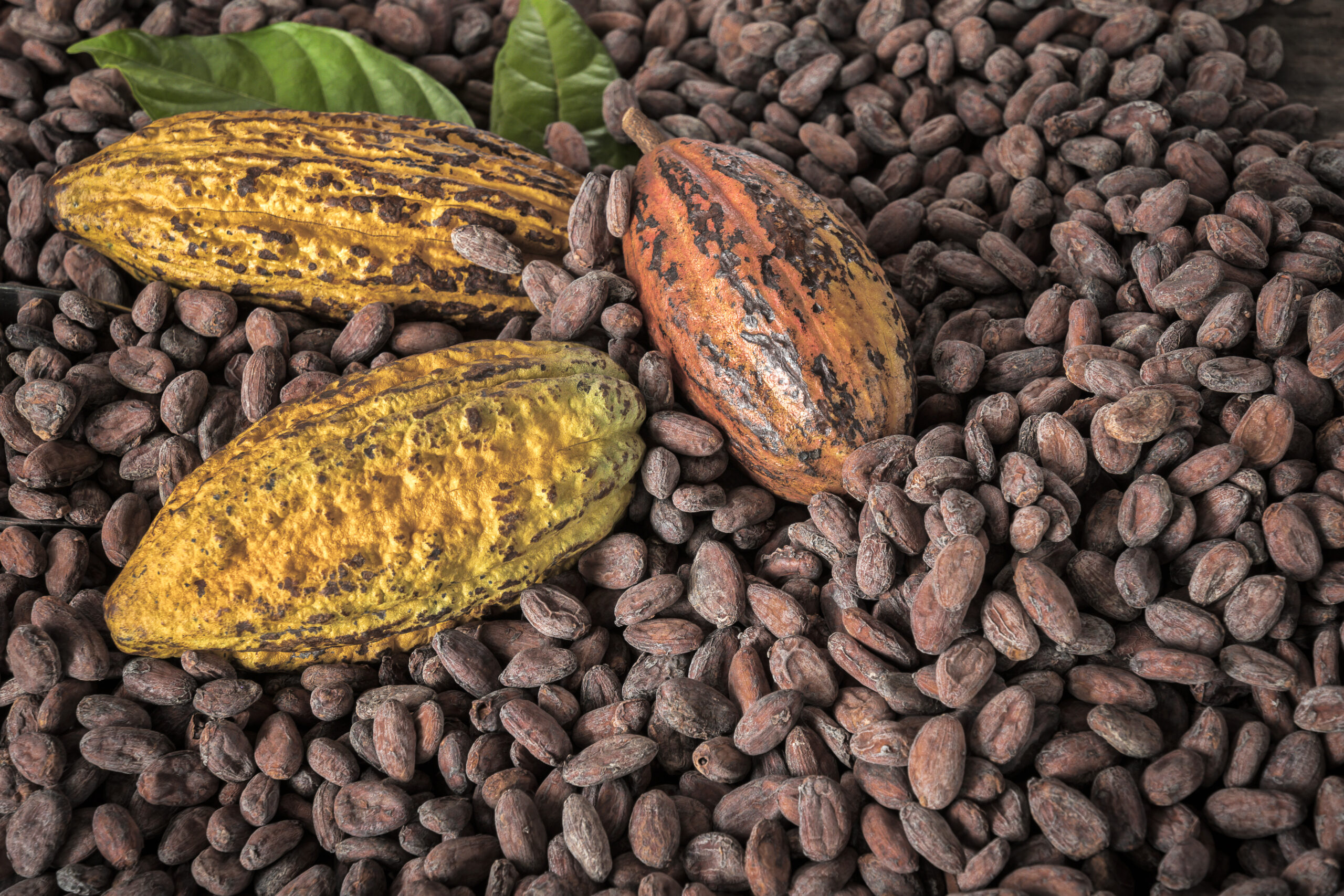So far in 2024, the price of cocoa has doubled, making one of our favorite pleasures—chocolate—more expensive. In April, cocoa prices on the New York Stock Exchange reached a historic high of $11,500 per ton, before slightly decreasing in the following months. After hitting these record levels, prices reversed and fell by 15%, but all signs point to a renewed surge and continued growth over time after this correction.
Investors recognize the long-term appeal of this agricultural commodity, despite the price volatility driven by drought and climate change affecting its production. According to Bank of America, cocoa price volatility is likely to persist in the short term. The uncertainty surrounding supply and its impact on spot and futures contracts is a key discussion point with their clients. Their latest report anticipates that cocoa harvests for 2023/2024 may decline by 25% to 30% in West Africa, a region that accounts for half of the global supply.
In fact, the situation has led the Ivory Coast government to limit cocoa supply deliveries during the mid-crop season (May-July, approximately 20% of annual production) to companies with local milling capacity. Bank of America analysts believe that cocoa price and futures volatility will continue until late August, when projections for the main 2024/2025 harvest become clearer.
Better harvest outcomes could lead to higher prices for final products like chocolate. Bank of America is convinced that major cocoa and chocolate brands will raise their prices by double digits to offset cocoa inflation, forecasting a future cocoa price of approximately $6,000 per ton by 2025.
«Reflecting the inflation in cocoa prices, the impact of chocolate price increases on volume (elasticity) and mix (shift to lower-priced products) will be crucial. However, current price waves come after two years of double-digit price increases, questioning historical elasticity patterns, especially in the U.S. market, which has been weak so far,» Bank of America notes in its report.
According to NielsenIQ data in the U.S., chocolate market sales have been weak this year, with volume down by about 5% (and value up by about 1%), clearly showing some cracks in elasticity. BARN attributes this mainly to the U.S. chocolate market structure, which is overrepresented in the mass market. The low representation of private label and value brands (4% and 10% of volume, respectively) means there is limited availability of low-cost products to prevent consumers from «leaving» the category. In Western Europe, chocolate market sales have been more resilient, with volume down by about 2% (and value up by about 8%). The main strength of the European market, according to BARN, is its more balanced nature compared to the U.S.
Bank of America sees a risk for BARN if some clients reformulate their recipes to reduce cocoa content, especially in the U.S. market, to limit their own cost inflation. Although BARN has reformulation capabilities, this could be a setback for volume, as it might cannibalize sales or result in a net revenue loss if not recovered.
As seen in the group’s first half 2024 results, Barry’s balance sheet is highly sensitive to cocoa price movements, predominantly affecting working capital through the margin call on its short cocoa futures. While free cash flow pressure will be intense in FY24 (BofAe: CHF -1.4bn), BARN reportedly has the liquidity to manage this with: 1) CHF 700 million bonds issued on June 10; 2) CHF 730 million bonds issued on May 5, 2024; 3) a CHF 500 million RCF available; and 4) approximately CHF 430 million in available cash as of the first half of 2024.
Although rebalancing cocoa supply and demand may take time, this will eventually happen, according to the report. Beyond the positive volume elasticity in the chocolate category that will result from a deflationary environment, the key positive for Lindt, in our view, will be its ability to retain price increases, which will likely translate into higher gross margins and increased advertising and promotional spending to continue building brand value. Conversely, Bank of America estimates that the impact will be less favorable for BARN beyond the positive category elasticity, as prices will mathematically decrease for them given the «cost-plus» model structure. numbers to the absolute minimum as quickly as possible.
